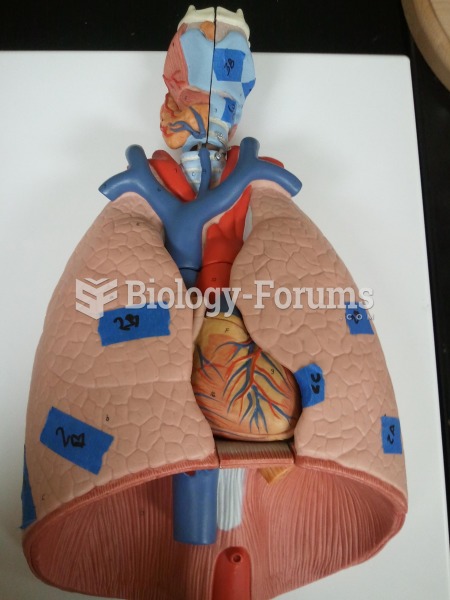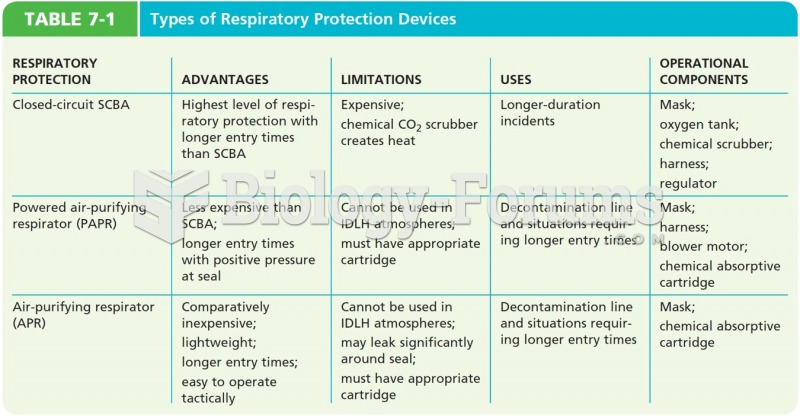|
|
|
Did you know?
Cucumber slices relieve headaches by tightening blood vessels, reducing blood flow to the area, and relieving pressure.
Did you know?
Thyroid conditions may make getting pregnant impossible.
Did you know?
Approximately 25% of all reported medication errors result from some kind of name confusion.
Did you know?
Only one in 10 cancer deaths is caused by the primary tumor. The vast majority of cancer mortality is caused by cells breaking away from the main tumor and metastasizing to other parts of the body, such as the brain, bones, or liver.
Did you know?
Medication errors are more common among seriously ill patients than with those with minor conditions.







